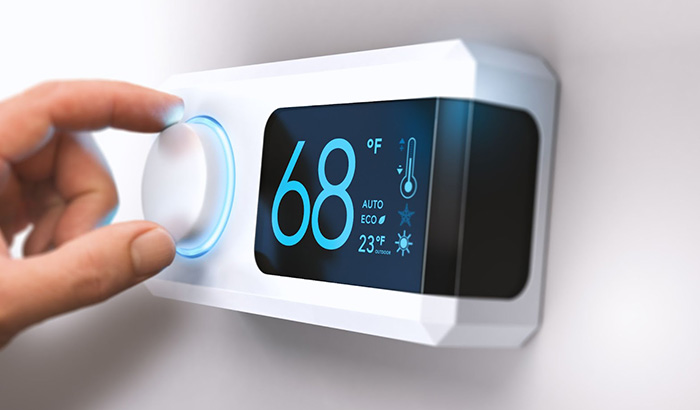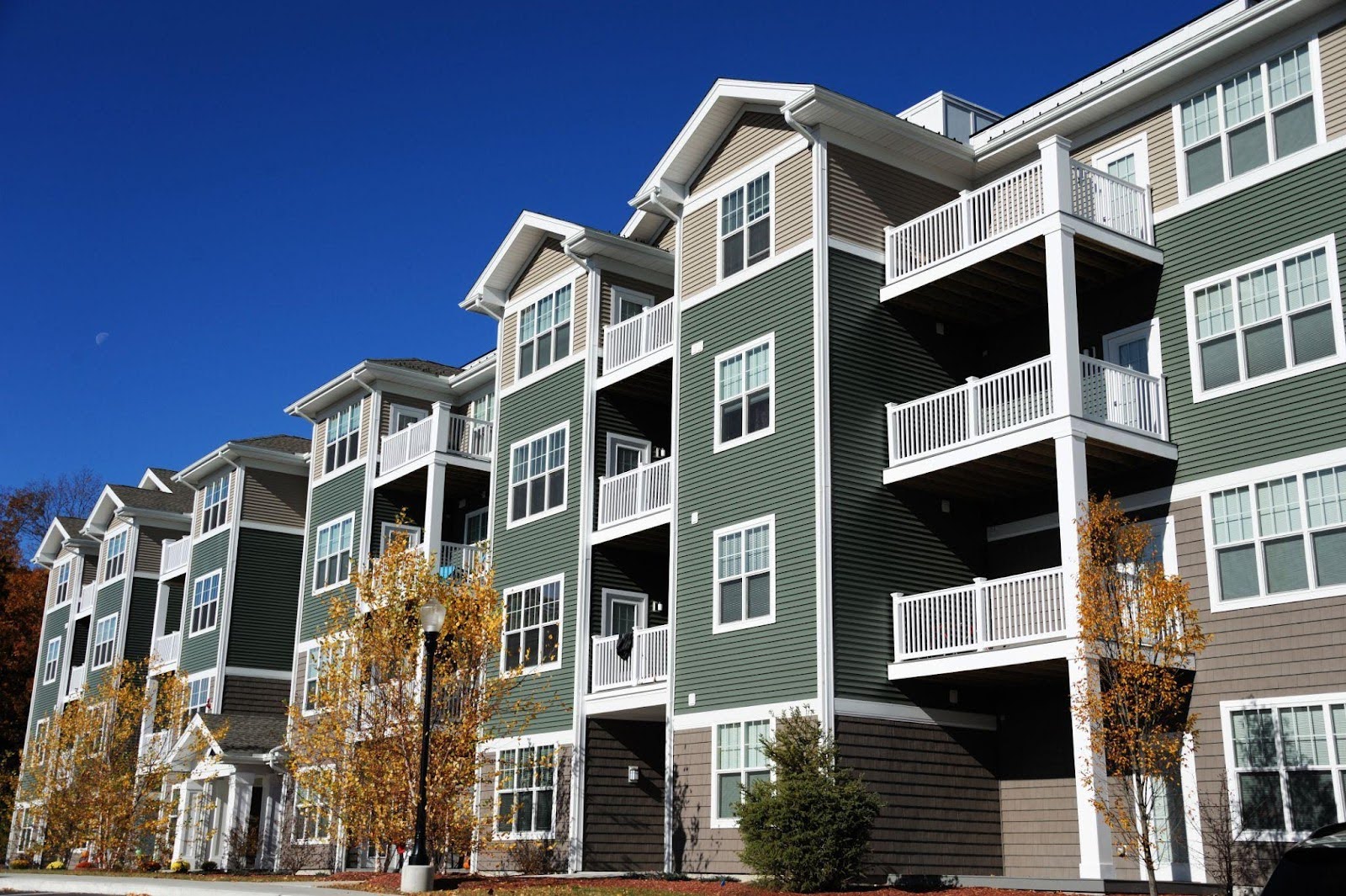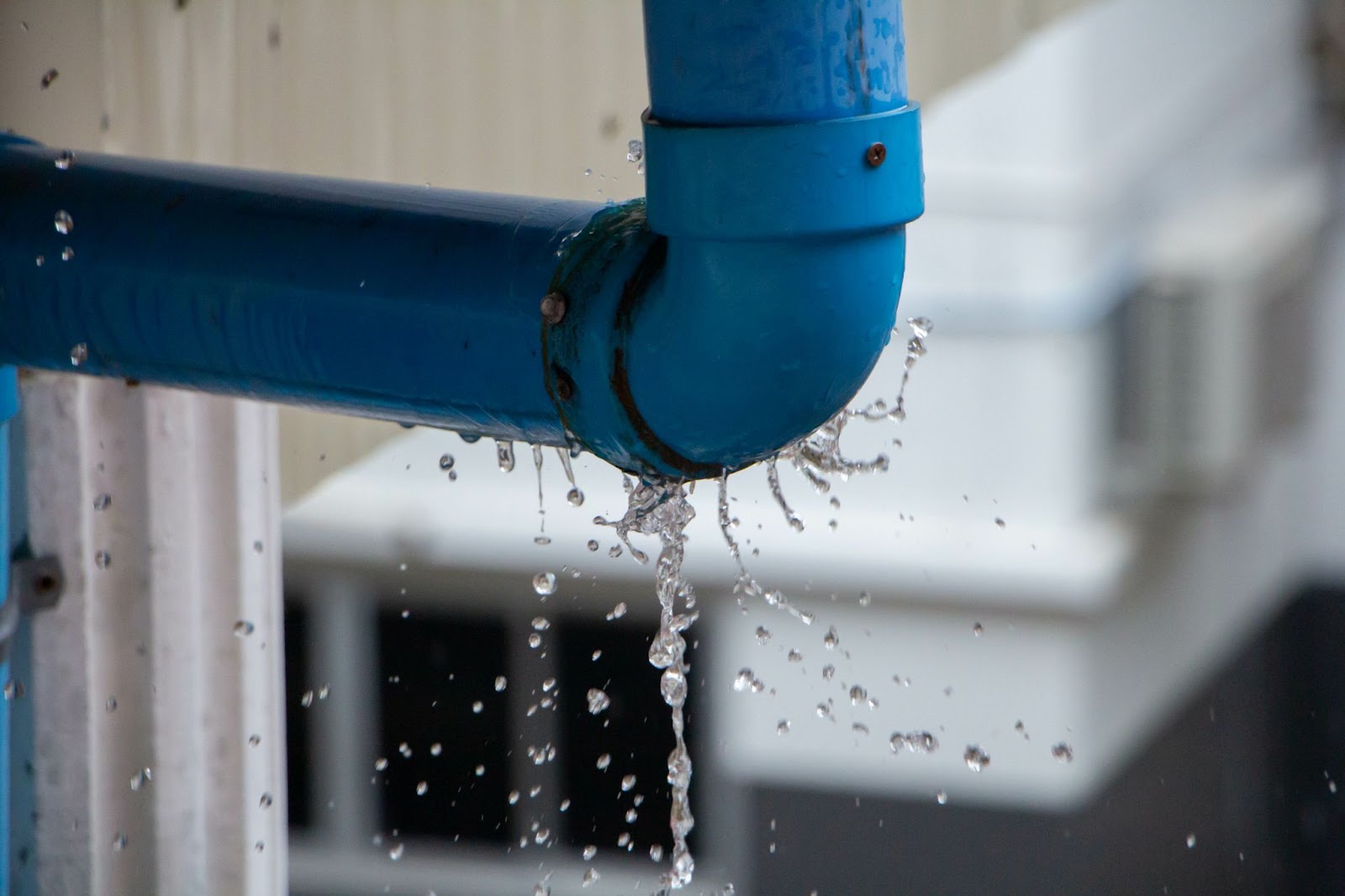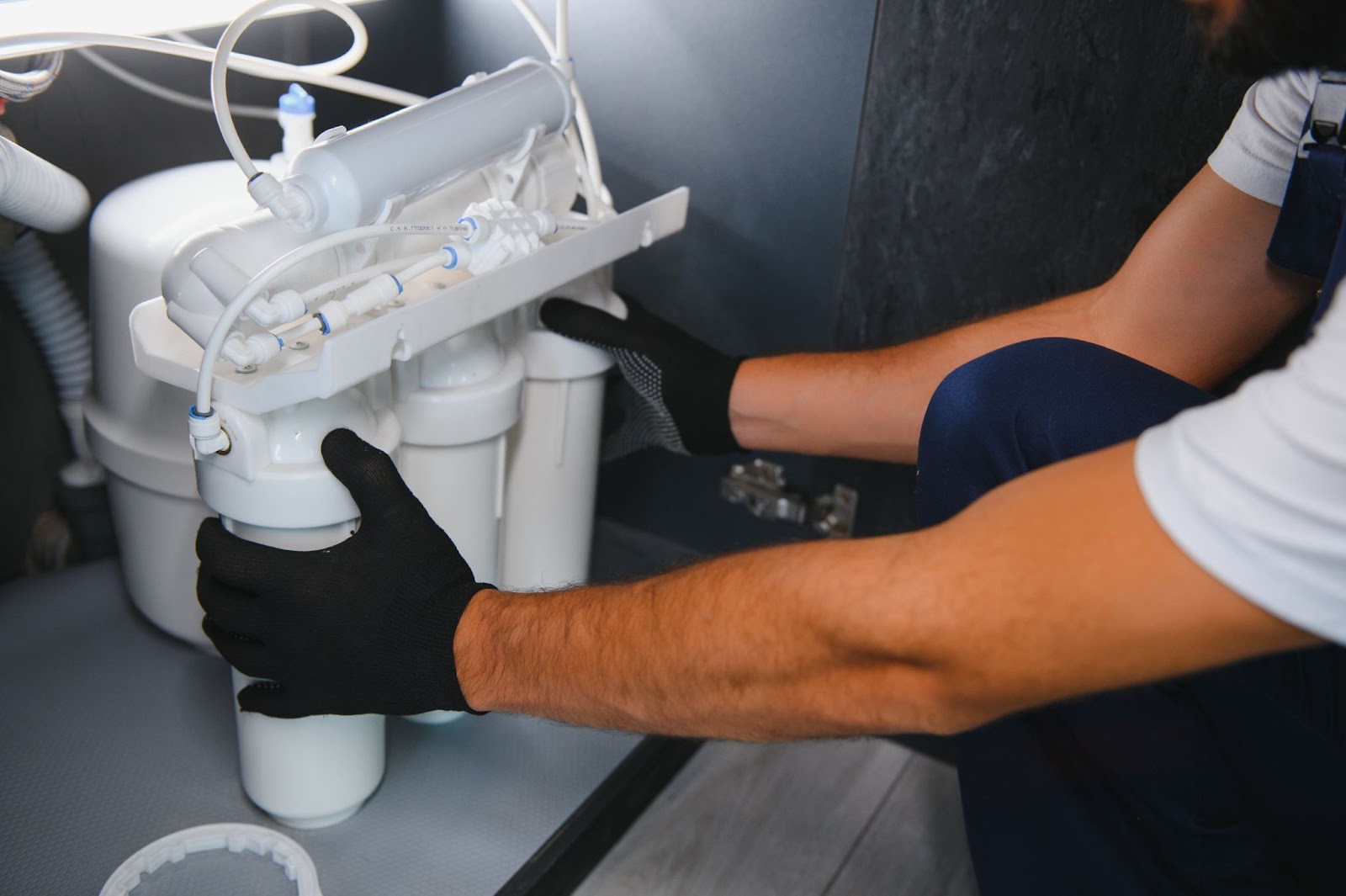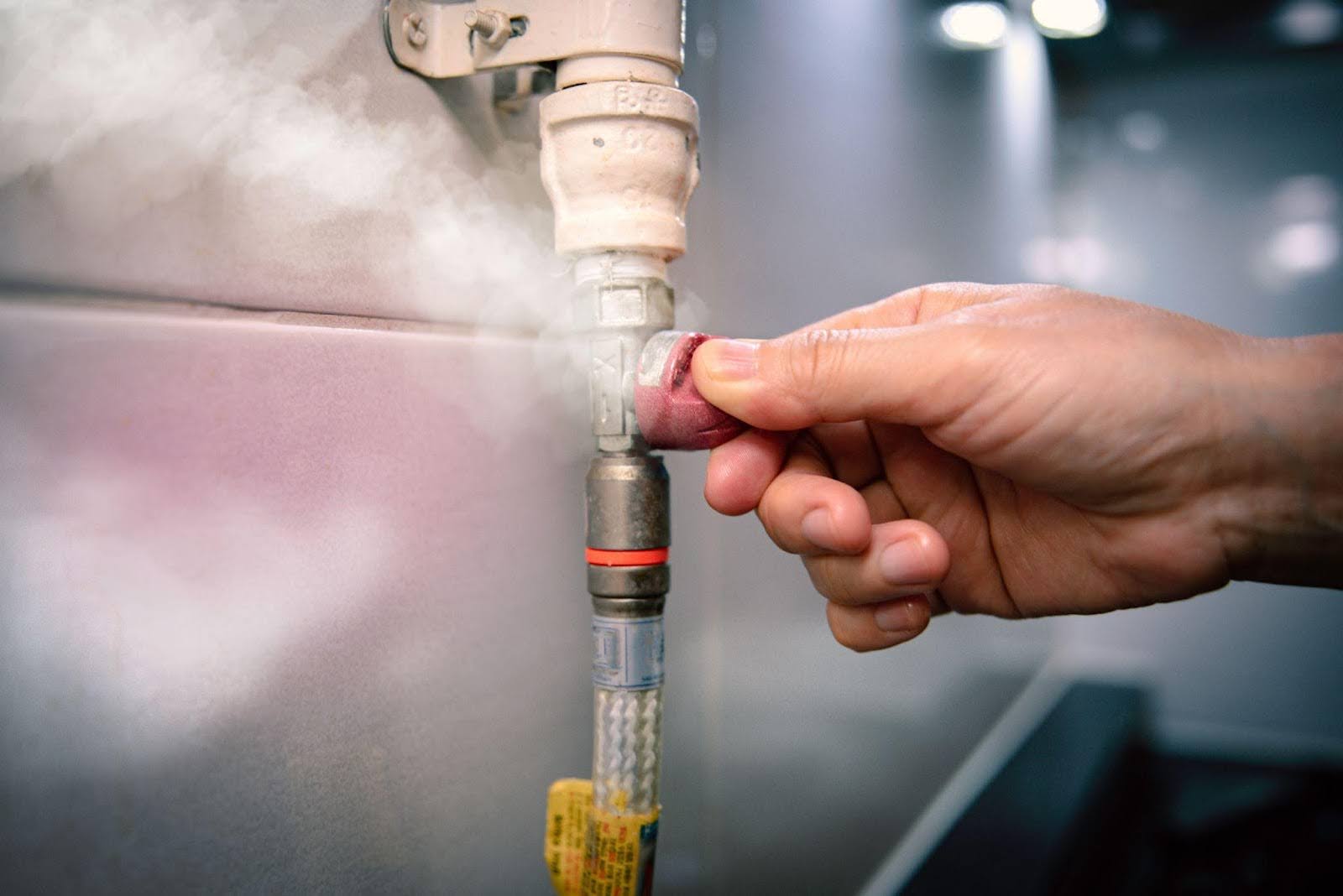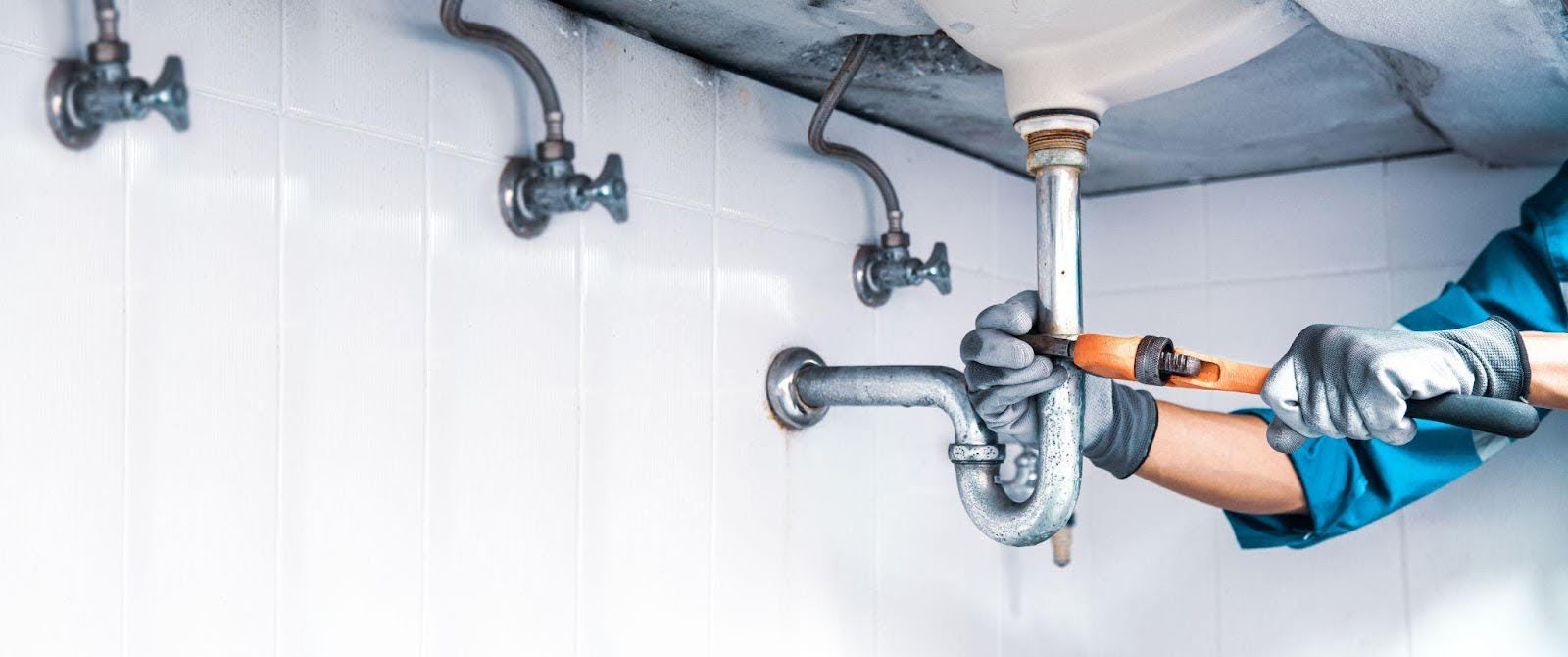Say goodbye to those chilly mornings with cold floors that make your feet cringe and hello to radiant floor heating!
These heating systems could be the solution you’ve been searching for for comfort and boosting your home’s energy efficiency. As we move towards more sustainable living, understanding the intricacies of our home heating systems will help us make smarter choices.
Radiant heating significantly contributes to home comfort and energy conservation, providing luxurious, invisible warmth from beneath your feet. It operates quietly but effectively enhances your living space by maintaining consistent temperatures and reducing energy wastage.
In this article, we’ll discuss the mechanics and benefits of this heating system, showing how its implementation may improve comfort and reduce utility costs and environmental impact.
Understanding radiant heating
Radiant heating offers a unique and efficient way to warm your home, setting itself apart from traditional forced-air systems that rely on vent-blowing warm air. This method heats spaces by transferring warmth directly from a hot surface — like floors, walls, or ceilings — via infrared radiation, similar to the warmth felt from the sun or a hot stove.
Dating back centuries, the technique has evolved into a highly energy-efficient solution for modern living.
How it works
Radiant heating systems, whether electric or hydronic, function by circulating warmth directly beneath the floor or within wall or ceiling panels.
Hydronic systems pump warm water through pipes under the flooring, often heated by gas, oil, or other fuels, making them especially cost-effective for larger areas. Electric systems use coils or mats that generate heat through electrical resistance right under the floor surface.
Radiant floor heating is most effective under materials like tile or concrete, which conduct and retain heat well, whereas carpeting insulates and reduces its efficiency.
One of the greatest benefits of radiant heating is its ability to maintain consistent temperatures from floor to ceiling, eliminating the common problem of warm ceilings and cold floors seen in conventional heating setups. This consistency allows for the thermostat to be set lower, yet the home feels equally warm, reducing energy usage and costs.
Benefits of radiant heating
Radiant heating offers a plethora of benefits that significantly enhance the comfort and functionality of your home. When considering the variety of radiant heat systems available, from hydronic systems that use hot water to electric systems employing electrical resistance, there’s a setup that works with nearly any type of flooring material to match a home’s specific heating needs.
Energy efficiency
Radiant heating systems directly address the issue of energy efficiency in heating a home. By avoiding the inherent inefficiencies of forced-air systems, such as ductwork heat loss, it actually requires less energy to achieve and maintain a comfortable temperature.
In radiant floor heating systems, the warmth is distributed evenly across the room, meaning less energy is required to feel warm throughout the space. The heat emitted from a warm floor or panel is retained longer than hot air from vents, which can quickly rise and escape.
Consequently, radiant systems help to reduce overall energy usage, thus having a positive impact on a home’s carbon footprint and appealing to environmentally conscious homeowners.
Cost savings
The installation of a radiant heating system is an investment that yields cost savings over time. By enhancing energy efficiency, these systems lower energy bills despite initially higher installation costs compared to forced-air systems.
A crucial aspect of these savings comes from hydronic systems, which are particularly known for their cost-effectiveness in larger spaces and utilize less expensive energy sources like gas or oil.
The ability to maintain a uniformly warm environment also allows for lower thermostat settings without sacrificing comfort, further reducing energy costs. Homeowners should expect a noticeable decline in monthly energy bills with radiant heating, illustrating the systems’ advantages as a long-term, cost-effective solution for home heating.
Improved comfort and indoor air quality

Radiant heating systems create a comfortable ambiance that is difficult to achieve with traditional heating methods. Instead of dealing with stratified layers of warmth — or the issues of hot and cold spots — they ensure that the warmth is where you need it the most, at floor level.
The consistent temperature from floor to ceiling is a key comfort feature, as feet and bodies feel the warmth directly, creating a naturally comfortable environment.
Radiant systems shine by providing heat without blowing air around. This method of warmth is beneficial for those with allergies or respiratory conditions because it significantly diminishes the spread of particulates compared to forced-air systems.
This is a great heating solution for a cleaner breathing space and a more comfortable home.
Radiant floor heating systems
Radiant floor heating systems are increasingly becoming a popular choice for both new constructions and renovations, thanks to their ability to create a warm and inviting home environment.
Unlike traditional heating systems, you install the components of radiant floor heating beneath the flooring, making them invisible and preserving the aesthetic appeal of your space.
These systems are versatile and compatible with various types of flooring, including tile, hardwood, and carpet, making them a flexible option for any home. Additionally, radiant floor heating systems are known for their longevity and last many years with proper maintenance.
This durability, combined with the comfort and efficiency it provides, makes radiant floor heating an excellent investment for homeowners looking to enhance their living spaces.
Hydronic radiant heating systems
Hydronic systems, one of the two main types of radiant heating systems, circulate hot water through tubing laid in the floor, walls, or ceiling. Here’s what sets these systems apart:
Water as a heat carrier
Utilizing water heated by a boiler, these systems are more cost-effective, especially for larger areas.
Zoning capabilities
They allow for different temperature zones throughout your home, offering personalized comfort and potential energy savings.
Versatility in energy sources
You can pair hydronic systems with a variety of energy sources, including natural gas, oil, solar, or geothermal.
Hydronic systems are widely recognized for their efficiency, making them a smart choice for homeowners seeking to reduce their energy use and costs.
Electric radiant heating systems
Electric systems offer a different approach by using electricity to produce heat. Some significant features include:
Ease of installation
Often simpler to install than hydronic systems, electric systems are ideal for smaller spaces or targeted areas like bathrooms.
Low maintenance
With fewer moving parts than hydronic systems, electric radiant setups typically require minimal upkeep.
Immediate heating
Electric systems heat up quickly, providing immediate warmth when needed.
While electric radiant systems may be more expensive to operate than hydronic systems due to the cost of electricity, they are an excellent choice for supplemental heating or in homes where installing a boiler is not feasible.
Comparing traditional heating systems
When considering ways to heat your home, it’s important to understand how radiant heating systems compare to traditional methods. Two of the most common types of traditional heating are forced-air systems and conventional radiator heating systems.
Both have their own distinct mechanisms and efficiencies, which greatly impact your home’s comfort and energy usage.
Radiant systems stand out because they can deliver heat directly to people and surfaces rather than merely warming the air. This means heat is utilized more effectively, and less is lost to the surrounding environment.
Additionally, radiant systems typically provide a more consistent temperature throughout the space, avoiding the variability that may occur with other methods.
Forced-air heating systems
Forced-air systems, which include furnaces and heat pumps, operate by pushing heated air through ducts and vents to distribute warmth. However, the channeling of air may lead to several issues:
- Heat loss: Air can lose heat as it travels through ductwork, especially if there are leaks or insufficient insulation, contributing to reduced energy efficiency.
- Uneven heating: Forced-air systems create hot and cold spots in rooms because the air disperses unevenly, which may lead to a less comfortable environment.
- Air quality concerns: As air circulates, it stirs up dust, allergens, and other particles, potentially diminishing indoor air quality.
Despite these challenges, forced-air systems are widely used due to their quick heating capabilities and existing prevalence in many homes.
Conventional radiator heating systems
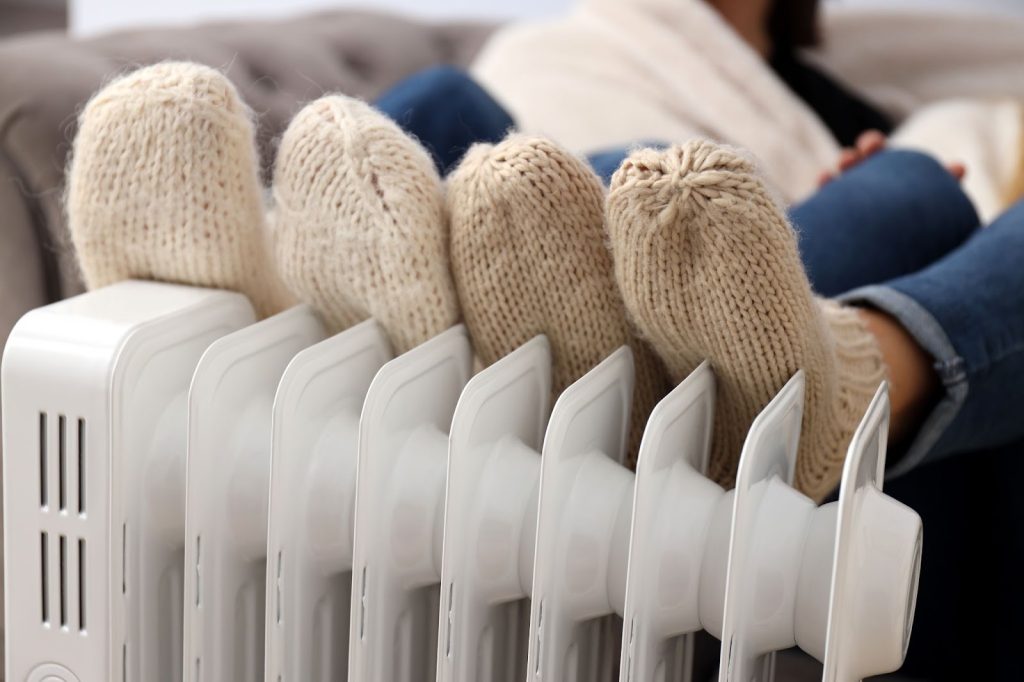
Conventional radiator heating systems work by heating water in a boiler and circulating it through radiators placed in different rooms. These systems have their own set of pros and cons:
- Heat distribution: Radiators emit warmth into their immediate surroundings, leading to areas farther away being cooler, which results in inconsistent room temperatures.
- Energy efficiency: While traditional radiators use water as a heat medium (which is good for retaining heat), they are less efficient if the boiler is not properly maintained or is outdated.
- Aesthetic impact: Radiators are typically visible and can’t be hidden, which may not fit with all interior designs and take up valuable floor space.
In comparison, radiant floor heating systems, particularly the hydronic type, can be hidden under the floor, providing a seamless look while also delivering efficient, zone-specific heating.
When assessing these heating options, it’s important to consider factors like initial installation costs, energy savings over time, and the specific needs of your living space. Radiant heating systems, especially when integrated into the design of a new home or during significant renovations, offer substantial long-term energy savings and a marked improvement in comfort.

Salisbury Plumbing — your radiant heating experts
If you’re considering upgrading your home with radiant floor heating, choosing the right installation partner is crucial. Salisbury Plumbing offers expert installation and maintenance services for heating systems, ensuring that your home enjoys the full benefits of radiant heating and maintains its aesthetic integrity.
Contact Salisbury Plumbing today to find out how we can make your home cozier and more cost-effective.
toto slot

